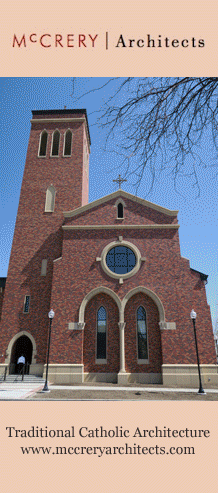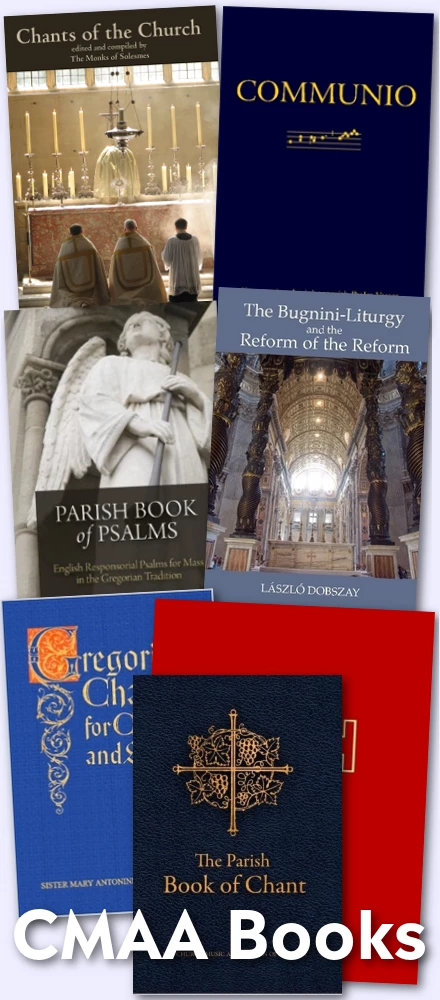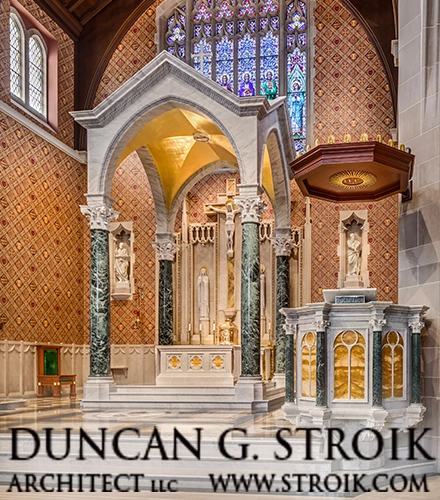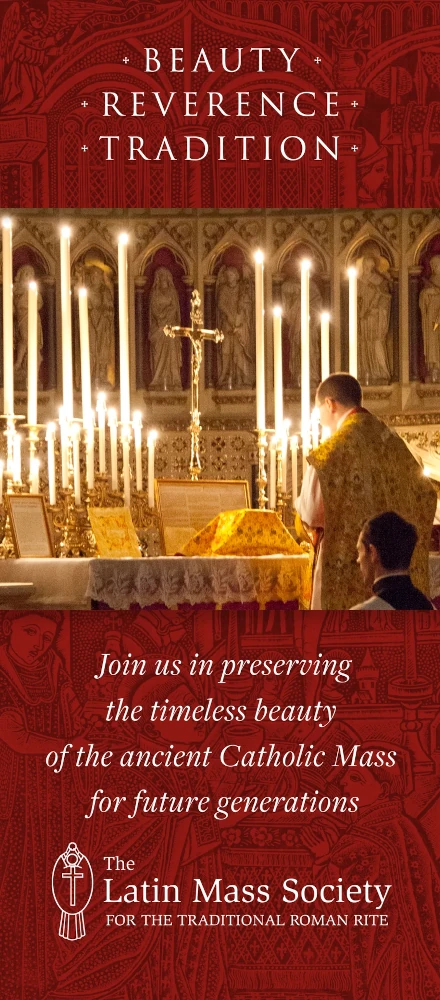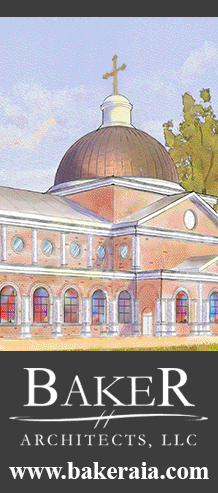This summer the Ave Maria University Department of Sacred Music will host its third annual Advanced Gregorian Chant study week at the Abbaye Saint-Pierre in Solesmes, France. For the week of July 3-7, 2006, attendees will take part in daily classes on the performance and history of Gregorian chant taught by Dom Daniel Saulnier, Director of Paleography at the abbey and also faculty member of the Pontifical Institute of Sacred Music. Participants will also be able to hear the chant in liturgical settings each day as the monks chant the offices of the Liturgy of the Hours as well as celebrate daily Mass at the abbey.
Tuition for the week is $250 and the class is open to those with some knowledge of Gregorian chant, especially those who are using chant in Catholic liturgies or who wish to do so. Attendees are responsible for making their own arrangements regarding travel and accommodations. Accommodations are available through the abbey as well as at the local hotel across the street.
For more information please contact:
Professor Diana Silva
Ave Maria University
1025 Commons Circle
Naples, FL 34119
(239) 280-1652
gregorianchant@avemaria.edu
Wednesday, February 22, 2006
Gregorian Chant Study Week in Solesmes, France
Shawn TribeMore recent articles:
Other Gospels for the AscensionGregory DiPippo
The Roman Rite has various ways of arranging the Masses during an octave. That of Easter, for example, has a completely proper Mass for every day, that of Pentecost for every day but Thursday, which was originally an “aliturgical” day; when its Mass was instituted later, it was given proper readings, but everything else is repeated from Sunday. Th...
The Feast of St PetronillaGregory DiPippo
Long before either the Visitation or the Queenship of the Virgin Mary were celebrated on this day, and before those, St Angela Merici, the founder of the Ursulines, May 31st was the feast day of St Petronilla. Although she is missing from the oldest Roman liturgical books, she is seen in a painting of the mid-4th century in the catacomb of Domitil...
The Festival of St Joan of Arc in Orléans, FranceGregory DiPippo
Today is the feast of St Joan of Arc, kept on the anniversary of her execution by burning at the stake in the city of Rouen, in the year 1431. The second Sunday of May is kept as a national holiday in France in honor of her, called the “national holiday of Joan of Arc and of patriotism.” (The title isn’t any less awkward in French.) This date was c...
The Holy Ghost HoleMichael P. Foley
A Holy Ghost hole in Saints Peter and Paul parish church in Söll, AustriaA curious architectural feature of some churches in France, southern Germany, and Austria is the Holy Ghost Hole, an opening in the ceiling into which different objects were once thrown during the celebration of the Mass. It is speculated that the art surrounding the hole indi...
“Hold Fast to the Traditions” - Guest Article by Mr Jay RattinoGregory DiPippo
Our thanks to Mr Jay Rattino for sharing with us this interesting article about the folk customs of Italian Catholics, and the efforts being made to preserve and revive them.The Italian Catholic communities throughout New Jersey and the surrounding areas are filled with long-standing traditions, and there are renewed efforts going on to revive the ...
The Ascension of the Lord 2025Gregory DiPippo
Men of Galilee, why do you wonder looking up to heaven? alleluia. As you have seen Him going into heaven, so shall He come, alleluia, alleluia, alleluia. Ps 46 All ye nations, clap your hands: shout unto God with the voice of joy. Glory be... Men of Galilee... (The Introit of the Ascension)The Ascension, 1495-98, by Pietro Perugino (1448-1523); pub...
How Medieval Christians Celebrated the Rogation Days (with a Dragon)Gregory DiPippo
The following description of the Rogation Processions comes from a canon of the cathedral of Siena named Oderico, who in the year 1213 wrote a detailed account of the liturgical texts and ceremonies used in his church. “Mindful of that promise of the Gospel, ‘Ask, and ye shall receive,’ (John 16, 24; from the Gospel of the Sunday which precedes t...
Why Louis Bouyer Is Delightful and Frustrating to ReadPeter Kwasniewski
One experience I think many of us have had with liturgical authors who wrote prior to the Council and/or the imposition of the Novus Ordo is that we find in their works so many wonderful insights, mingled with passages of excruciating naivete, baffling optimism about the possibilities of reform-in-continuity, strange flights of reformatory fancy, e...
The Crazy Liturgy of the Lesser Rogations in the Gallican RiteGregory DiPippo
The Lesser Rogations which we keep on the three days before the Ascension are actually older than the Greater Rogations kept on April 25th. They are called “lesser” because they were instituted in Gaul ca. 470 AD, by St Mamertus, the bishop of Vienne, and only adopted into the Roman Rite about 300 years later.Two leaves of the Farnese Hours, showin...
The Symbolism of Mary in Images of the Hospitality of AbrahamDavid Clayton
Here is a hymn to the Virgin Mary, a ‘Theotokion’ from the Canon of Sunday Orthros, tone 1, in the Byzantine Rite: Rejoice, O well-spring of grace! Rejoice, O ladder and door of heaven! Rejoice, O lampstand and golden jar, thou unquarried mountain, who for the world gavest birth unto Christ, the Bestower of life!And from the great hymn to the Virg...


